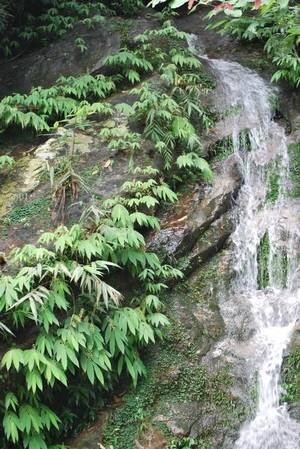Globba andersonii: Rediscovered Plant Species | 02 Jul 2020
Why in News
A team of researchers have “rediscovered” a rare plant species called Globba andersonii from the Sikkim Himalayas.
- The species has been found near the Teesta river valley region after a gap of nearly 136 years.
- The earliest records of the collection of this plant were dated between the period 1862-70 by Scottish botanist Thomas Anderson from Sikkim and Darjeeling. Then, in 1875, the British botanist Sir George King, had collected it from the Sikkim Himalayas.
Key Points
- Features:
- The plant, known commonly as ‘dancing ladies’ or ‘swan flowers’ was thought to have been extinct until its “re-collection”, for the first time since 1875.
- Globba andersonii are characterised by white flowers and non-attached anthers (the part of a stamen that contains the pollen).
- The species has been listed as “Endangered” on the IUCN Red List of Threatened Species.
- Habitat:
- It is also termed as “narrowly endemic” as the species is restricted mainly to the Teesta River Valley region which includes the Sikkim Himalayas and Darjeeling hill ranges.
- The plant usually grows in a dense colony as a lithophyte (plant growing on a bare rock or stone) on rocky slopes in the outskirts of evergreen forests.
- It is especially prevalent near small waterfalls along the roadside leading to these hill forests, which are 400-800 m. above sea level.
